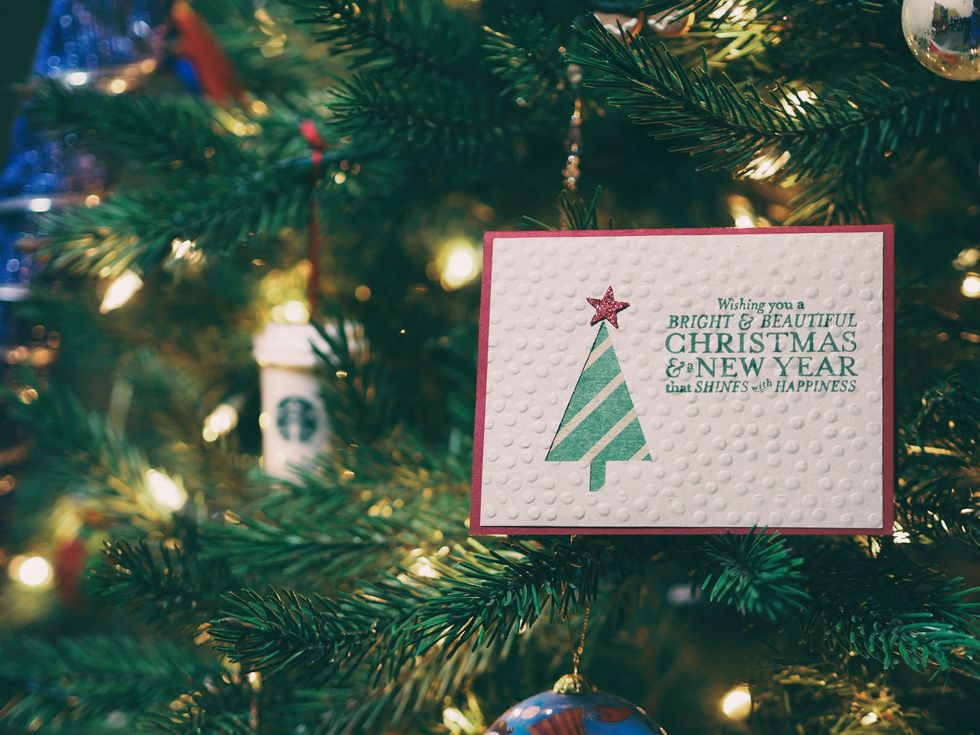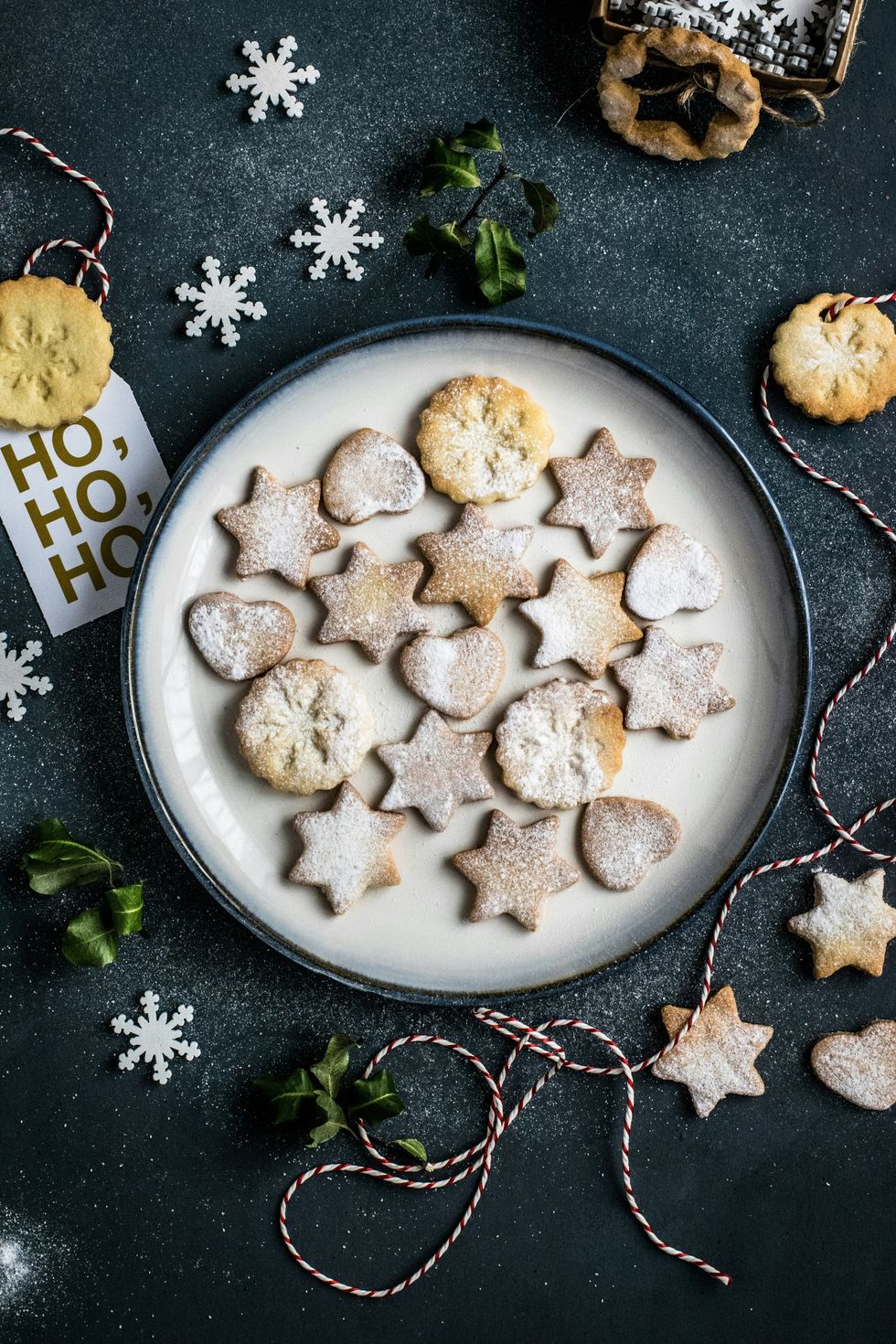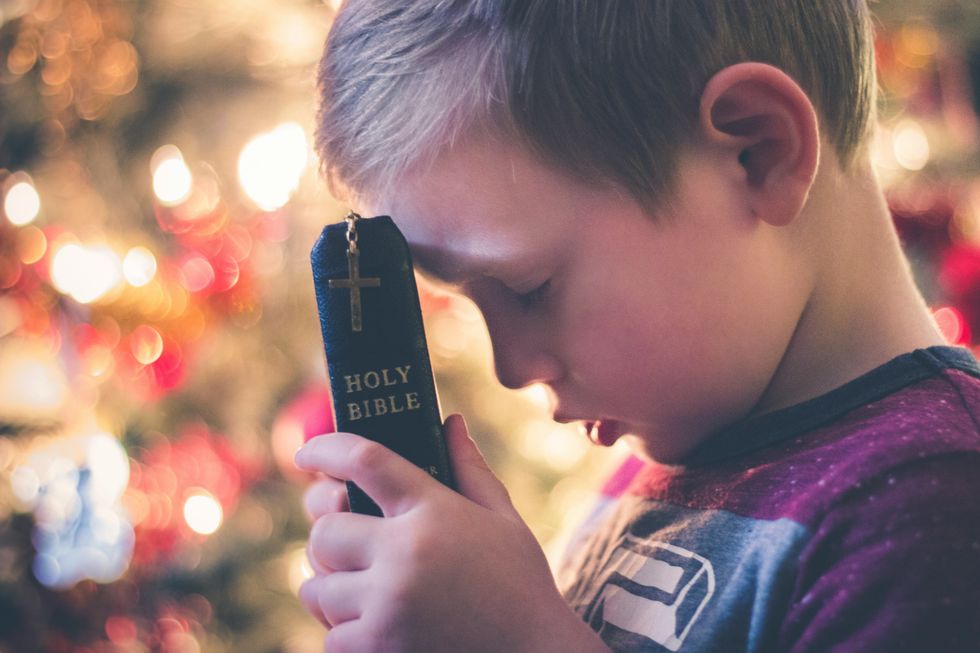Although it cannot be argued that 2020 was a year like no other — in a number of unpredictable and devastating ways — one of the ways people managed to find any level of solace over the course of the year was through music. Whether seeking escape from current events through ambient music, or doubling down on the claustrophobia and uncertainty of the pandemic in the rising number of so-called "lockdown albums", streaming numbers and record sales alike saw an exponential rise last year.
Streaming has long been criticised for doing a disservice to the full album experience, by encouraging shuffle mode and literally downsizing the record sleeves. As such, it's interesting that some of the best-reviewed records of the year were housed in some of its worst-looking artwork. Take Fiona Apple's jarring collage for Fetch the Bolt Cutters, or Bob Dylan returning to stock photo land for Rough and Rowdy Ways. However, other musicians chose to embrace the full package, and grace their sleeves in some indelible and iconic imagery. Here, we run through the five best album covers of one of the worst years in modern history.
The Strokes The New Abnormal
As noted above, 2020 was a great year for comebacks and, to some degree, The Strokes' first LP in seven years got somewhat swallowed up in the chaos of the pandemic's early stages. Twenty years ago, the New York quintet was seen as the peak of new-millennial cool. So it stands to reason that the cover for their presciently-titled comeback LP The New Abnormal used instantly recognisable artwork by iconic NYC artist Jean-Michel Basquiat.
The piece in question, Bird on Money, was painted in 1981, and dwelt on the intersection between art and commerce. The "bird" in question, although depicted as a chicken, was actually legendary jazz musician Charlie Parker — a regular source of inspiration for Basquiat. And although the Strokes have been reticent to explain their choice of front cover in the press, the darkly vibrant painting strikes a chord with their latest record, described by their early champions at the NME as a "spiky but quite stunning" return to form.
The Microphones Microphones in 2020
Another comeback which was just as heralded as The Strokes', albeit in different circles, was Washington musician Phil Elverum's decision to resurrect his The Microphones moniker after seventeen years. The experimental folk musician, who has recorded as Mount Eerie since the mid-00s, brought back the name he used for critically-adored albums like The Glow Pt. 2 in a self-reflexive exercise, and used his comeback album to consider, well, what's in a name?
Microphones in 2020 is an album made up of one droning 44-minute song, whose rambling lyrics try to place Elverum's project in time and space, while offering revealing insights into what inspired him while he recorded under that name. The album cover, designed by Elverum himself, is a collage, which lays the song's entire lyric down one side, with a beautifully composed montage of two photographs of the musician taking centre stage. Above, we see the present-day Elverum standing over a lake near an old house in shadow, while his brighter reflection in the lake itself shows us the musician some 20 years ago. It's the perfect image to accompany one of the most unique musical projects from a most unique year.
Jeff Parker Suite for Max Brown
One of last year's biggest critical success stories was the Chicago-based jazz label International Anthem, who released a consistent stream of highly-regarded albums throughout 2020. However, none had as great an impact as the label's first release of the year, Suite for Max Brown, by erstwhile Tortoise guitarist Jeff Parker. Having lost his father Ernie while making his previous album, The New Breed, that record became something of a tribute to the man, named for a clothes shop Ernie ran during the seventies.
On Suite for Max Brown, as Parker explained to Bandcamp, he "wanted to dedicate something to my mom while she would still be here to see it." Its front cover honours that pledge, using a casually-posed image of his mother Maxine, taken when she was nineteen years old. In fact, the album spotlights three generations of Parker's family, with his daughter Ruby taking lead vocals on its soulful opening cut "Build a Nest".
Waxahatchee Saint Cloud
Kansas-based singer-songwriter Katie Crutchfield's fifth album was released the week before many cities began locking down for the first time, so it's little surprise that many cited it as a coping mechanism during the pandemic. Its open, country-inflected songs offered hope and inspiration through trying times, which is what the musician had always intended — if not necessarily with these particular times in mind.
Crutchfield told Under The Radar that Saint Cloud's striking cover art, which was created with long-time collaborators Molly Matalon and Andreina Byrne, came to her as fully-formed as much of its music: "I had a really clear vision for what I wanted it to be, really clearer than any other album cover I've ever done…the idea of the truck with the license plate, with me sitting on the top, with the roses, that whole thing just hit me one day."
Frances Quinlan Likewise
The frontwoman for Philadelphia indie rockers Hop Along released her first solo album Likewise in January 2020, and used the occasion to showcase some of her visual art, a practice she has been working on long before she first picked up a guitar. The stripped-back album, which puts keyboards at the forefront, rather than her primary instrument, offers a more personal perspective on the songwriter, and the self portrait she uses on its sleeve highlights this sense of intimacy even further.
However, Quinlan didn't want to fall into the more predictable trappings of releasing a solo record, and use a standard photograph for its front cover. "I figured I would be expected to have some image of myself," she explained to Interview Magazine, "and I really wanted to avoid that." However, the "far more abstract" image originally intended for the artwork was deemed "too familiar to [her] previous work [with Hop Along]." As a result, Quinlan took it upon herself to draw a new painting of herself — which she claims took four attempts to complete to her satisfaction — which draws upon "memories, paintings done on tour, [and] photos taken many years ago".




 Christmas and New Year gift card
Photo by
Christmas and New Year gift card
Photo by  butter cookies on plate
Photo by
butter cookies on plate
Photo by  boy holding Holy
boy holding Holy 










